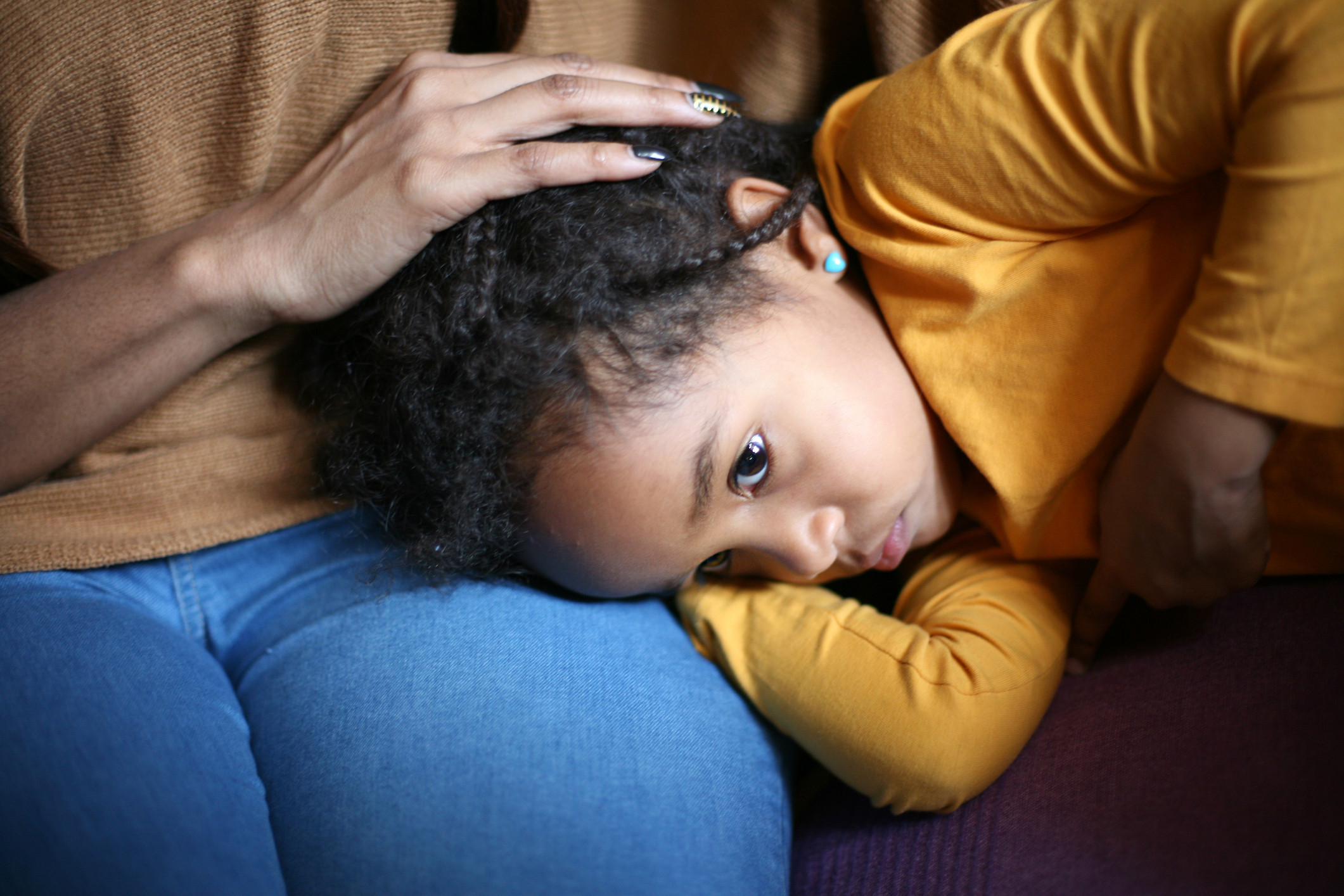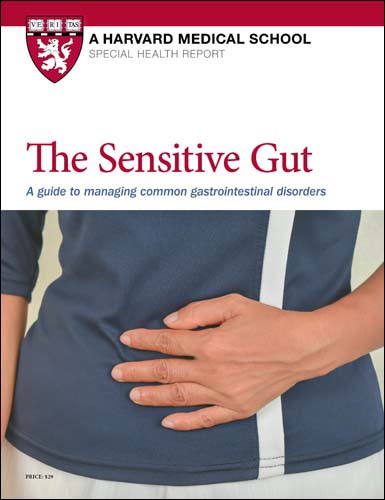10 signs that a child's stomachache could be something serious
Most childhood stomachaches are no cause for concern. However, stomach pain in kids should be treated seriously in any of these 10 cases.
- Reviewed by Howard E. LeWine, MD, Chief Medical Editor, Harvard Health Publishing; Editorial Advisory Board Member, Harvard Health Publishing

Stomachaches are incredibly common in children. The majority of the time they are nothing serious at all. Most are just from a mild stomach bug, or some constipation, or hunger — or are a child's way of getting out of something they don't want to do. But a stomach pain can sometimes be a sign of a more serious problem.
Stomach pain in kids worries doctors when…
1. The pain is severe. By severe, I mean that the child cannot be distracted from it and is crying or otherwise showing that they are extremely uncomfortable. Any severe pain warrants a trip to the doctor, whether it's unrelenting or it comes and goes.
2. There is blood in the stool. Most of the time, we see blood in the stool with constipation, which is usually not serious and can be easily treated. But a bad stomachache with blood in the stool can be a sign of a serious infection, inflammatory bowel disease, or another intestinal problem. So, any time your child has a stomachache and blood in the stool, give your doctor a call to be on the safe side.
3. The child vomits blood. As with blood in the stool, this isn't always a sign of something serious. Children who have been vomiting a lot can sometimes vomit some blood, and children who have nosebleeds, or bleeding from a lost tooth or some other problem of the mouth, may vomit that blood back up. But as with blood in the stool, any stomach pain with vomiting blood requires a call to the doctor.
4. There is green vomit. Green vomit can be a sign of a blockage in the intestine. Sometimes people vomit some yellow-green material when they have vomited up everything else, but stomach pain and green vomit should never be ignored.
5. The child has hives, looks pale, complains of dizziness, or has swelling of the face. Anaphylaxis, the most serious kind of allergic reaction, can cause stomach pain, often with vomiting. For this one, you should call 911. If your child has a known allergy and you have epinephrine at home, give it while you wait for the ambulance to arrive.
6. The child is complaining of stomach pain in the right lower side of the belly. That's where the appendix is. Early on, the stomachache of appendicitis is usually around the belly button, but then it moves to what we doctors call "the right lower quadrant."
Constipation can also cause pain there, and girls who get periods can have pain there when they ovulate, but we don't like to miss appendicitis. So, any pain in that part of the belly should get checked out.
7. The child has a fever and a bad cough. Pneumonia can sometimes cause a stomachache. Now, many viruses can cause a stomachache along with a cough, but if the cough is particularly bad, or the stomachache is getting worse, or the child seems to be breathing quickly or otherwise differently, call the doctor.
8. The child says it hurts to urinate. Sometimes a stomachache can be a sign of a urinary tract infection.
9. The child has a high fever or seems much sleepier than usual. Stomachaches can be seen in serious infections — and being very sleepy when you are in pain can be a sign not just of infection but of low blood pressure or blood loss. High fevers and extra sleepiness should always be checked out, but especially if there is a stomachache too.
10. The child is losing weight. It's not uncommon for a child to lose a little weight from vomiting or diarrhea. Usually, they gain it back once they feel better. But if a child who gets stomachaches is steadily losing weight — for example, their clothes no longer fit — they should be thoroughly checked out by the doctor.
What to do if none of the above is true
This doesn't mean that every other stomachache is fine — but if none of the above is true, it's less likely to be something serious. For example, your child may have:
- air swallowing
- abdominal migraine
- colic
- constipation
- gas
- food allergy or intolerance
- heartburn or acid reflux
- ingesting grass or plants
- viral gastroenteritis ("stomach flu")
- food poisoning
- strep throat or mononucleosis ("mono")
- pain caused by anxiety or depression.
Home care for stomach pain
Most of the time, you can use home care remedies such as rest, plenty of fluids, a bland diet (or prune juice if your child is constipated) to help alleviate abdominal discomfort in children. You can also:
- Have your child lie quietly to see if the abdominal pain goes away.
- Offer sips of water or other clear fluids.
- Suggest that your child try to pass stool.
- Avoid solid foods for a few hours. Then try small amounts of mild foods such as rice, applesauce, or crackers.
- Do not give your child foods or drinks that are irritating to the stomach such as carbonated beverages, citrus, dairy products, fried or greasy foods, high-fat foods, or tomato products.
When to see a doctor for stomach pain
If your child isn't getting better, especially if your child has fever or symptoms that are not rapidly improving, call your doctor.
If your child has recurrent stomachaches, it's incredibly helpful when parents keep a diary of the stomachaches, along with details of things like what they ate that day, what their stool was like, how they acted, etc. This information can go a long way toward helping the doctor figure out what is going on, and how to help.
Image: Liderina/Getty Images
About the Reviewer

Howard E. LeWine, MD, Chief Medical Editor, Harvard Health Publishing; Editorial Advisory Board Member, Harvard Health Publishing
Disclaimer:
As a service to our readers, Harvard Health Publishing provides access to our library of archived content. Please note the date of last review or update on all articles.
No content on this site, regardless of date, should ever be used as a substitute for direct medical advice from your doctor or other qualified clinician.













